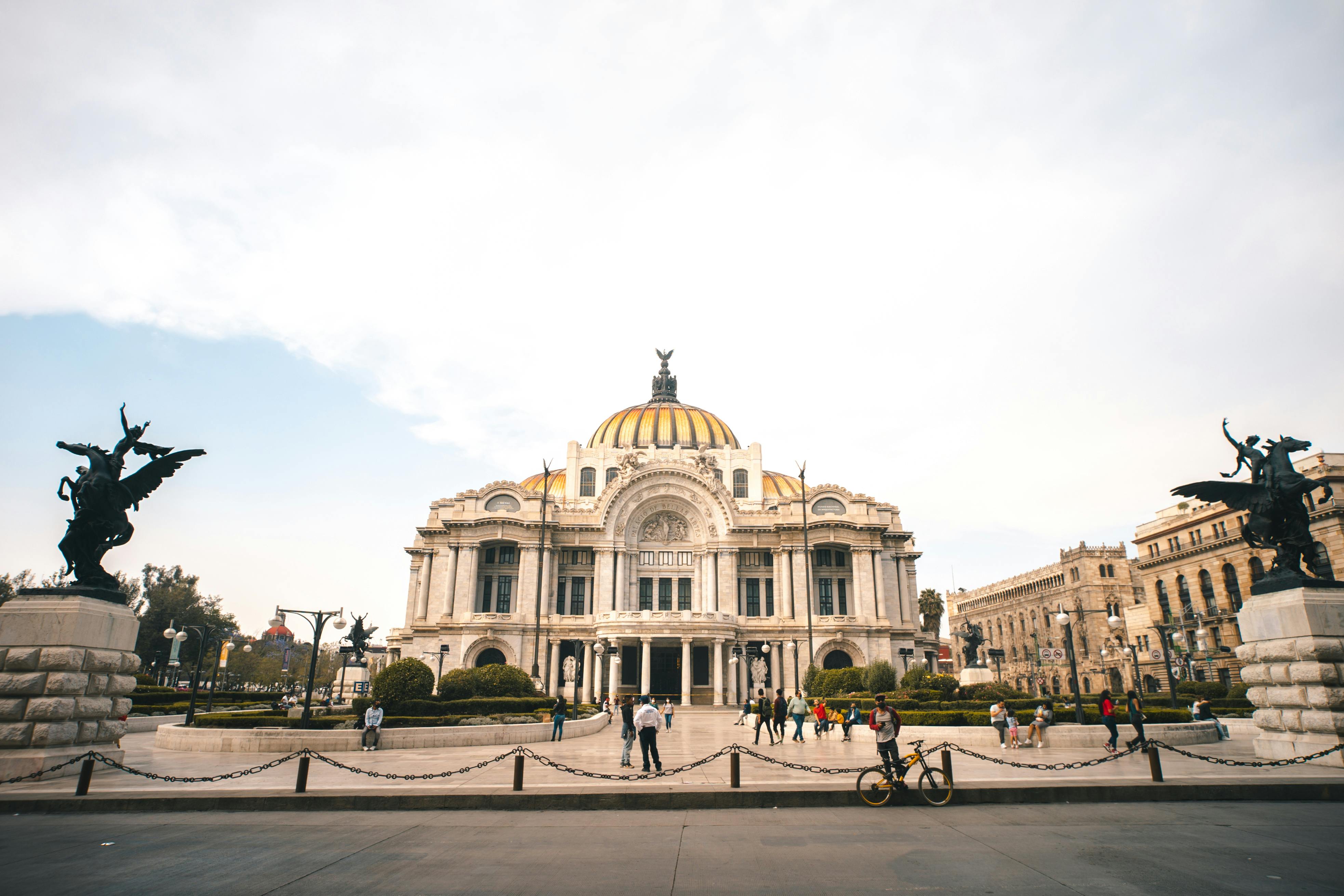With a population of around 25,000, Arraial is one of the most popular tourist destinations in the state. It is the crystal clear waters, excellent diving, and a peaceful environment that attract most people to this small town located about 170 km east of Rio de Janeiro. This is the story about it.
From Brazilian wood to tourism
The first humans to inhabit the region were the indigenous people, particularly the Tupinambá tribes. The Italian explorer Amerigo Vespucci set foot on Praia dos Anjos in 1503; It quickly became important due to the Brazilian tree that grew abundantly in the region. It was the Tree of Brazil that also gave the country its name and was highly valued for its red pigment used for textiles. Soon, as in all of Brazil, the tree almost became extinct.
Colonization
In the early 17th century, the exploitation of Brazil led to rapid colonization. Cabo Frio, Arraial’s older sister city, 32 kilometers to the north, developed rapidly like many other cities in the country. As a result, Arraial do Cabo became a side note and the few inhabitants who lived there were supported by fishing and afforestation.
Whales and Fishing
Whaling was another important industry along the entire Brazilian coastline and especially in the state of Rio de Janeiro, where the migration of various species of whales passed annually near the coast. In the 18th century, large American whaling ships wiped out Rio de Janeiro’s abundant whale population in just 30 years. Sadly, there were only a few left and only occasional right whales or killer whales are seen in the region today. Commercial fishing took off in the 18th century and continued to be Arraial’s main industry for 2 centuries.
Modernization is here
It was only at the beginning of the 19th century that modern society began to make its presence known in the village. The construction of a telegraph station and a lighthouse were significant advances for the sleepy fishing village. The ruins of both are still visible today.
Alkalis
Another big change awaited Arraial when a state-owned salt refinery company was founded there in the early 1950s, creating thousands of jobs and attracting workers from all over Brazil. Large amounts of salt and sodium carbonate (especially the latter) were produced. The company was privatized in 1992 and closed in 2006 due to foreign competition. Today, parts of the company still function as a shipyard for various ships and oil rigs. The remains of the salt refinery can be seen all over Arraial do Cabo. The Álkalis factory took its toll on the surrounding environment. The residue from the extraction of soda ash was dumped into the ocean and basically killed all the marine life in the bay where Prainha Beach is located. In addition, the spill upset local fishermen who blamed the sharp decline in fish numbers on contamination from the Alkalis factory.
sightseeing
It was with the inauguration of the bridge between Rio de Janeiro Níterói in 1973 that tourism exploded in the Lake District, Arraial do Cabo was no exception. In 1985, when it became its own municipality, tourism in Arraial became an important income. Today is by far the most important and probably where the future lies.



